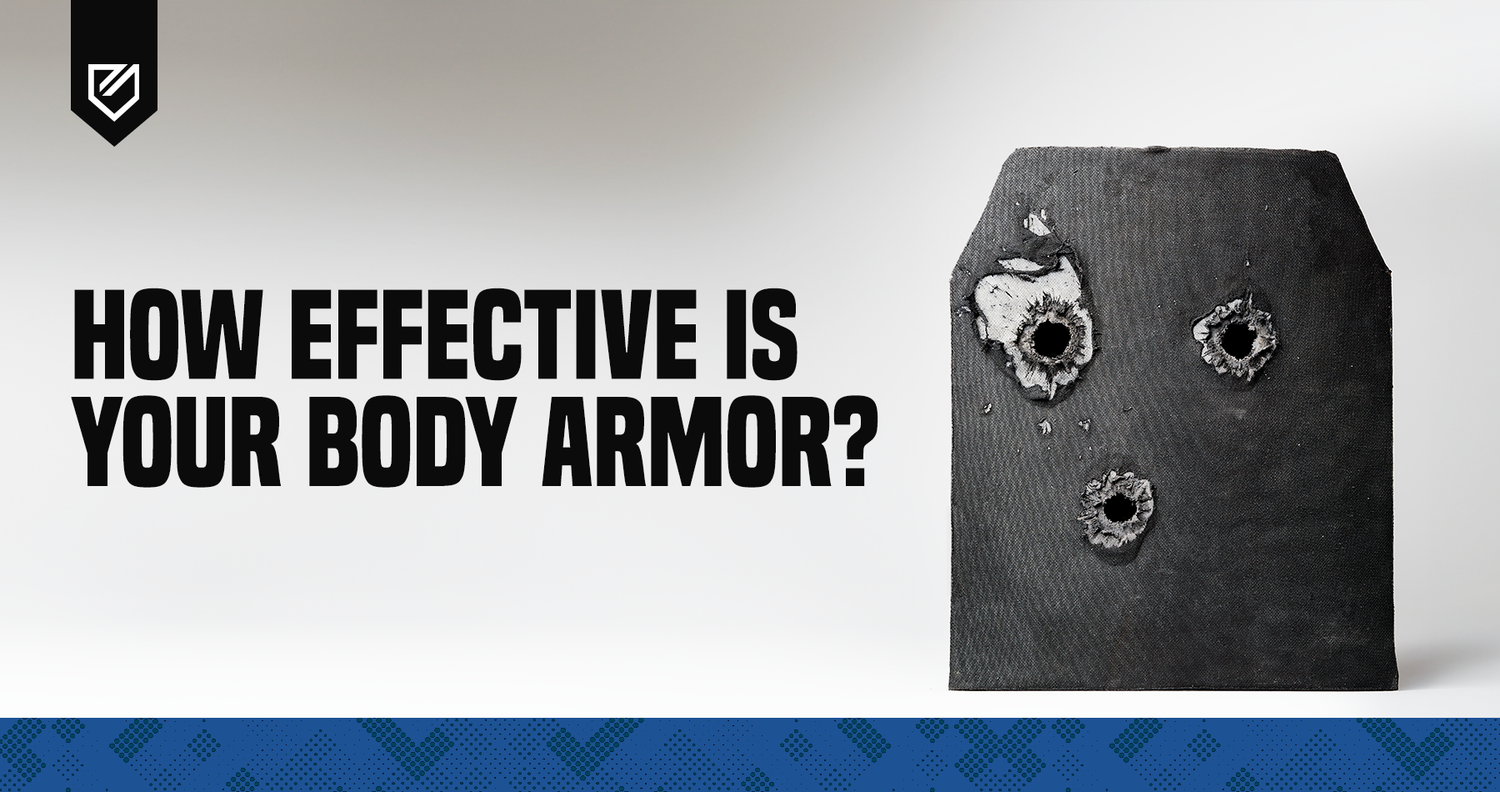Body armor has long been a subject of intense interest, especially when it comes to its effectiveness against various types of bullets. One of the recurring questions is: "Can 9mm penetrate body armor?" or "How do armor-piercing bullets fare against protective gear?"
The Anatomy of Body Armor: What You Need to Know
Originating from ancient battlefields where warriors used metal or animal hides for protection, modern-day body armor has seen tremendous technological advancements.

Nowadays, it consists of a durable carrier that holds ballistic panels. These panels are engineered to absorb and disperse the energy from incoming projectiles, offering different levels of protection, from Level IIA for basic handgun rounds to Level IV for armor-piercing bullets.
How Ammo Types Affect Body Armor Performance
Body armor effectiveness is intrinsically linked to the type of ammunition used against it. The bullet's design, including its shape, material, and speed, influences how it interacts with the armor.
For instance, a traditional round-nosed bullet behaves differently when hitting body armor compared to a sharp, armor-piercing bullet.
How Speed Affects Bullet Penetration

A bullet's velocity matters. Bullets moving at high speeds have more kinetic energy, increasing their chances of penetrating body armor. As a result, armor designed to protect against high-speed projectiles needs to be robust enough to handle that energy.
Body Armor’s Reactions to Various Bullets
Low-level body armor, generally made from synthetic fibers, aims to slow down and capture bullets, thus preventing them from breaching the armor.
On the other hand, high-grade armor uses ceramic or metal plates to shatter or deflect incoming projectiles, providing a higher level of protection.
While body armor can dramatically decrease the risk of life-threatening injuries from bullets, it's not a magical shield. The force from a bullet can still result in severe bruising or internal injuries, even if it doesn't penetrate the armor.
Handguns and Body Armor
9mm handguns are a common choice for self-defense and law enforcement. They fire standard full-metal-jacket (FMJ) rounds, which typically lack the power to pierce high-grade body armor. The armor disperses the bullet's energy, preventing it from breaking through.
Rifle Rounds
Rifle ammunition has higher penetrative capabilities due to its speed and design. Rounds like the .223 Remington or 7.62x39mm can penetrate lower-level armor. Advanced body armor, such as Level III and IV, can counter these powerful projectiles.
The Unique Category of Armor-Piercing Bullets
Armor-piercing bullets are crafted to puncture armor, thanks to their hard cores made of steel or tungsten. Most types of body armor struggle against these rounds. Only Level IV armor, fortified with ceramic or steel plates, can withstand these formidable projectiles.
Bullet Versus Armor: A Complex Equation
Understanding which bullets can or can't penetrate body armor is a multifaceted subject. While 9mm ammo may suffice for personal defense, it may not breach high-level armor. In contrast, armor-piercing bullets are specifically designed for this purpose.
Awareness of the capabilities of different types of ammunition is vital for choosing the right body armor. Being informed ensures you’re better protected. Make the right choice—stay safe and protected!




Leave a comment
This site is protected by hCaptcha and the hCaptcha Privacy Policy and Terms of Service apply.